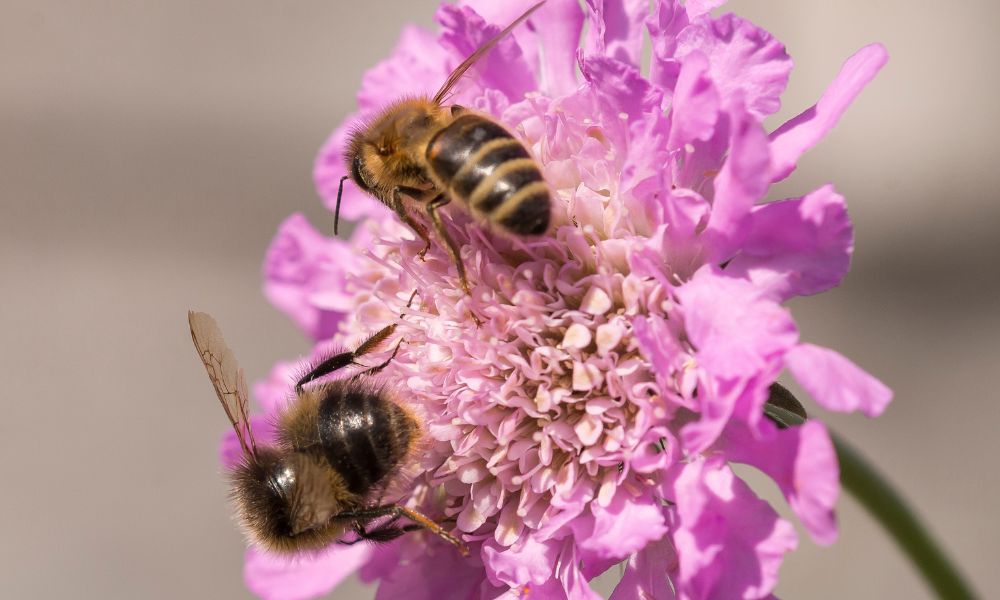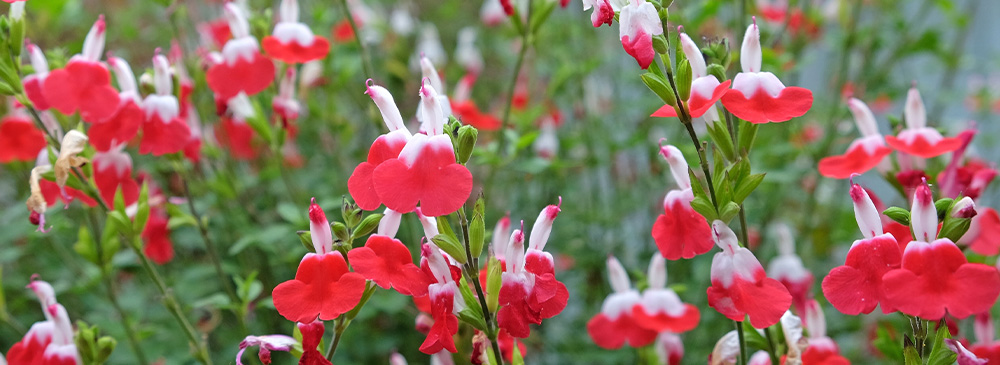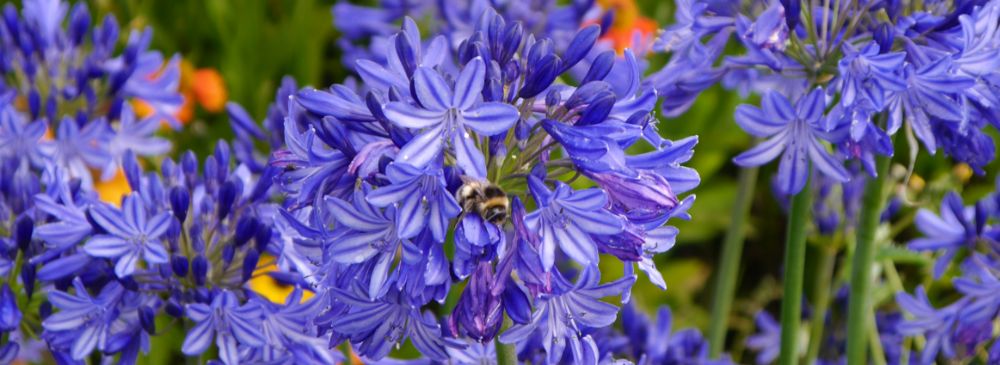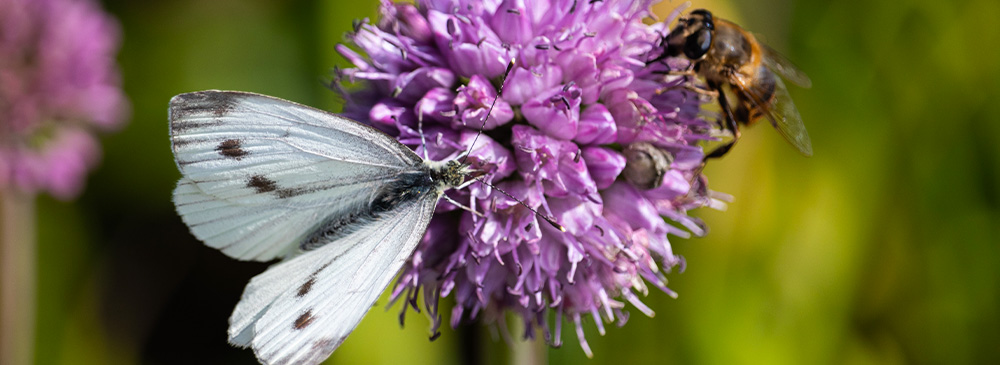how to create a bee friendly garden
how to create a bee friendly garden

Every gardener knows how important bees are to the garden. The bees need to pollen to feed, and we need them to pollinate our gardens – it is a mutually beneficial relationship. The reality is that without bees there would be very little left in our shops and supermarkets. Bee numbers are in decline due to issues such as the reduction of wild flower meadows, urbanisation, loss of natural habitat as well as pests and diseases. However there are some steps we can take as gardeners to help our little buzzing friends – just as they help us. Keep reading for how to create a bee friendly garden.
Friendly Flowers

This seems obvious. Flowers are imperative for bees although not all flowers are’ created equal’ for bees. By their very nature bees are busy so need to be able to access the nectar easily; meaning some varieties of flower are not as attractive as others. Flowers where the stamen and stigma are hidden by many petals only serve as decoration for us and are not a viable food source for bees. For example, decorative dahlias are too complex in structure to make a good snack - although in late summer bees will use these abundant layers of petals as a resting place for a quick nap before they continue their work. It is worth remembering that bees seem to favour edible and medicinal flora so use this as a good rule of thumb when sourcing bee friendly plants – lavender angustifolia, chamomile and calendula are a few beloved by bee species.
Extend The Season

Be sure to include flowers to provide sustenance for bees from spring through to late autumn. Indeed, early and late in the year is when they need it most. Hellebores and crocus provide nectar from early spring, while alliums and foxgloves are on the menu later in the season. Between spring and summer bees will also land on the bottom lips of lupin flowers to expose the nectar for their delectation. Summer itself brings a veritable buffet for many species of bees. Salvia and lavender varieties are always well received as are open flowered types like cosmos and echinacea. Later in the summer eryngium, rudbeckia and buddleja will be covered in bees – extending a gentle comforting hum to accompany lazy summer days. In early autumn, achillea offer a landing pad of food before Stonecrop sedums are the provision of choice for the late working bees that can keep going well into the winter.
Informal Dining

Bees do not require a Michelin star dining experience – if fact they would much prefer the opposite. Leaving herbs to run to flower will be welcomed by bees. You will notice that many herbal flowers are on the blue spectrum (ie. blue through to purple-pink) this colour is the most easily detected by bees so by letting your mint bloom its pale purple spires and chives sprout their intense purple lollipop like flowers is akin to a sweet shop for your garden visitors. If you are reluctant to do this for all, then cut half back and leave half for the bees as a ‘thank you’ to them for their pollinating efforts. Additionally, during the peak of deadheading season it is easy to get carried away and dead head blooms a little earlier than necessary in order to keep on top of things. However, letting some heavy petalled varieties go a little past their best helps the bees. For example, roses will open up fully if given the chance, and when some of the petals have dropped from its centre it exposes the sepals and stamens and, thus, the rich nectar previously inaccessible to the bees.
Home Sweet Home

There are many ways to provide accommodation for bees in your garden which can be applied in any sized garden from acre or more, sprawling plots to balconies. Try our ‘bee barn’ for a quick way to house some species of bees which work for even the smallest outdoor space. Even things like old bricks with air holes or a few short bamboo canes with the ends exposed will provide certain bees with a place to lay their eggs – thus ensuring continuity for these special species.
Keeping Bees

If you have a large enough garden, then keeping honeybees is a fantastic way to help the bee population and in turn help your garden fire on all cylinders (as well as giving you honey for your kitchen). There are a few considerations before you start, so do your research. There is a wealth of information and resources out there – including training courses in bee keeping which can be found at The British Beekeepers Association. As long as you have the space and some flowers and trees, along with the ability to procure the right equipment, then it will be a worthwhile undertaking. Alternatively, there is an initative called ‘Bee and Bee’ where you can offer up your garden for a local beekeeper to house a hive or two without the need for meticulous attention. Details can, again, be found on The British Beekeepers Association website.
Bee Happy

Whether you choose to offer honeybees a home in your garden or not; if you have flowers you will be sure to have our little buzzy friends come and visit. They can, after all travel up to five miles for food, so will undoubtedly make a pit stop in your lovely garden. Happy gardening haylofters!





